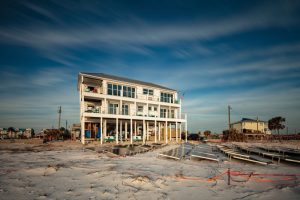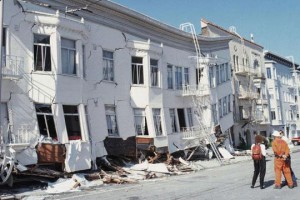Sand Palace of Mexico Beach
Hurricane Michael, one of the strongest Atlantic hurricanes to ever make landfall in the contiguous United States, made a direct hit on Mexico Beach, Florida, on October 10, 2018. The Category 4 storm strengthened unexpectedly as it raced through the Gulf of Mexico with maximum wind speeds of 155 mph. At landfall in Mexico Beach, the measured storm surge was nearly 16 feet and, if wave height is added, the height of the wall of water was over 20 feet. The storm caused 45 deaths and resulted in damage of approximately $15 billion. …






